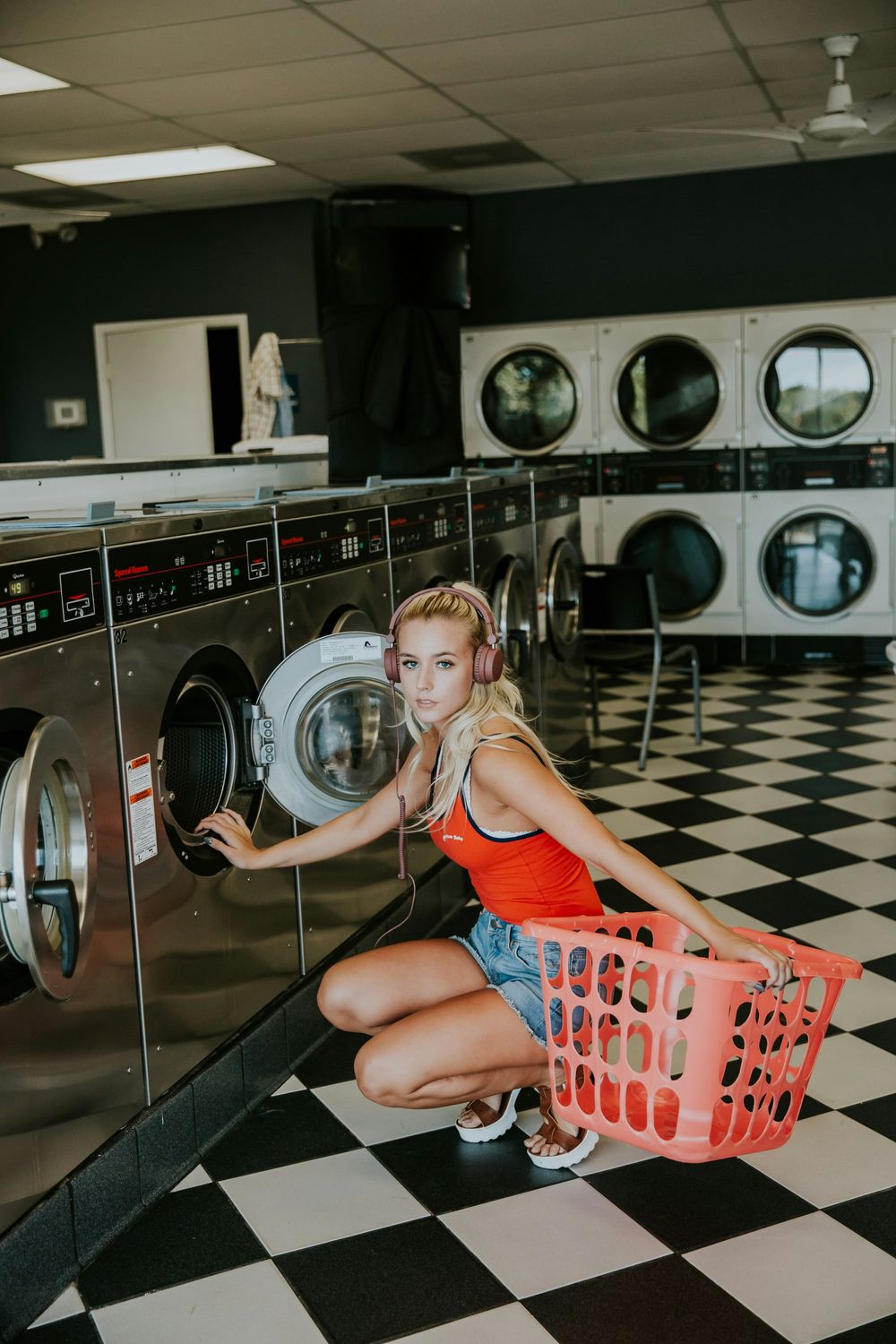Understanding Laundromat Safety Standards
What are the common safety regulations for laundromats?
Laundromats, like all commercial establishments, must follow specific safety regulations to protect employees and customers. Key standards include compliance with Occupational Safety and Health Administration (OSHA) guidelines, which require safety measures such as proper machine maintenance, hazard communication, and accident reporting. For example, laundromats with ten or more employees must keep records of injuries and illnesses using OSHA forms 300 and 301. This documentation must be available for inspection within four hours upon request (Planet Laundry).
Laundromats are required to comply with OSHA guidelines, which mandate proper machine maintenance, hazard communication, and accident reporting to maintain a safe environment for both employees and customers.
Additionally, laundromats must adhere to chemical safety guidelines, ensuring that all hazardous substances have Safety Data Sheets (SDS) accessible to employees and customers. These sheets detail the dangers associated with laundry detergents and cleaning products, as well as the necessary personal protective equipment (PPE) for safe handling (Planet Laundry).
Importance of employee training in safety compliance
Employee training is vital for maintaining safety compliance in laundromats. Regular training sessions inform staff about safety protocols related to operating machinery, handling chemicals, and addressing potential hazards. A well-trained workforce not only operates equipment safely but also identifies unsafe conditions and responds effectively. This culture of safety enhances customer confidence and satisfaction. Research shows that effective compliance training can boost employee performance and reduce accidents, ultimately benefiting a laundromat's profitability (ELM Learning).
Effective employee training in safety protocols is essential. Regular training not only keeps staff informed but also builds a culture of safety that enhances customer confidence and satisfaction.


Essential Safety Practices for Laundromat Owners and Staff
How to maintain equipment for safety
Regular maintenance of laundry equipment is crucial for ensuring customer safety and satisfaction. Laundromats should conduct routine checks on washers and dryers to identify potential hazards such as leaks, faulty wiring, or worn components. Establishing a preventive maintenance schedule is essential, including daily cleaning of lint traps, inspecting hoses and connections, checking for machine drips, and ensuring that cleaning agents are properly labeled and stored (Guide to Laundry Equipment Maintenance). These practices minimize accident risks and ensure machinery operates efficiently and safely.
Regular safety audits: A must for compliance
Conducting regular safety audits is essential for laundromat compliance. These audits should assess the functionality of safety equipment (like fire extinguishers), cleanliness, and overall hazard management within the facility. An audit can pinpoint areas for improvement, ensuring that safety measures are fully implemented and that all equipment meets current regulations. This proactive approach not only ensures compliance with legal standards but also demonstrates a commitment to creating a safe environment for staff and customers (Guide to Laundry Equipment Maintenance).
Regular safety audits are crucial in laundromats, assessing everything from safety equipment functionality to overall hazard management, ensuring compliance with legal standards and fostering a safe environment.
Creating a Safe Environment for Customers

Steps to prevent accidents in laundromats
To maintain a safe environment in laundromats, implement the following practical steps:
Regular Equipment Inspections: Laundromats should frequently inspect all machinery to identify any malfunctioning equipment. This includes checking for worn or damaged components and ensuring compliance with safety codes.
Proper Signage: Display clear signage throughout the establishment to inform customers about safety procedures, such as weight limits for machines and proper detergent use to prevent spills.
Educate Customers on Safety: Provide customers with guidelines, such as not leaving laundry unattended and appropriate usage of laundry carts. Educating customers fosters a safer experience for everyone and mitigates risks (Soaps N Suds).
Keep Floors Dry: Management should implement strategies to maintain clean laundry areas. Regularly mopping floors can prevent slips and falls, a significant concern in environments where water and detergent are frequently used. Additionally, placing mats in high-traffic areas can provide extra traction on slick surfaces.
Frequently Asked Questions About Laundromat Safety
What should customers know about laundromat safety?
Customers should be aware of essential safety practices when using laundromats. They should avoid leaving laundry unattended, use carts solely for laundry, and promptly remove items from machines to allow others to use them. Clearly communicate rules about what can and cannot go into washers and dryers—such as not drying shoes or rugs—effectively (Soaps N Suds).
Are there specific safety features to look for in a laundromat?
When selecting a laundromat, customers should look for visible safety measures, such as well-maintained equipment and clearly marked emergency exits. Establishments that utilize surveillance for security and prominently display safety guidelines can enhance customers' sense of safety during their visit.
How can laundromat owners respond to safety incidents?
In the event of a safety incident, laundromat owners should remain calm and follow their emergency procedures. They must ensure that injured parties receive necessary medical attention and document the incident thoroughly. Following up with staff training and reviewing safety procedures can help prevent similar occurrences in the future. Maintaining open communication with employees and customers about safety expectations and procedural changes after an incident is crucial for preserving trust.
Add a comment
This will be publicly visible.
Your email address will not be published.
Your comment will be reviewed by an admin before it is published.



